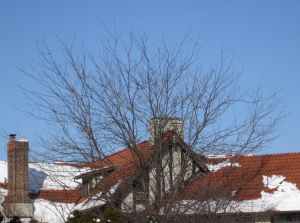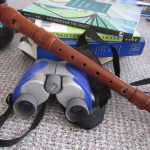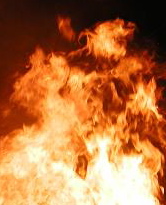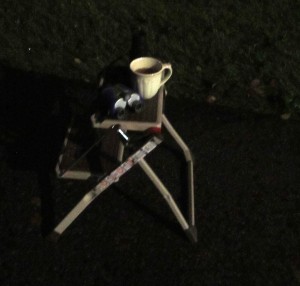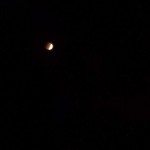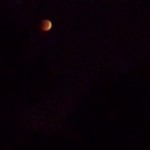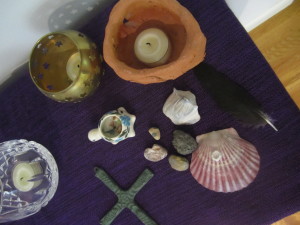
Photo: Mary van Balen
Lent comes quickly this year. “That’s why I’m not ready,” I tell myself as I sit quietly and ponder this column. I wanted to be more centered. I wanted my office to be straightened up, desk uncluttered to better concentrate. I wanted to have prayed more, read more, been still more. But, here I am, on the brink of Lent, behind in lots of things, and not prepared for the season at all.
Or maybe, that’s how we are meant to greet this liturgical season: No big preparations. No cultural hoopla like the marketing blitz that accompanies the coming of Christmas. This is a “come-as-you-are” event, and usually, this is how I am.
I’m pulled in many directions, full of good intentions and forgotten resolutions. Jesus has words for me in this Saturday’s gospel. When the Pharisees ask him why he’s hanging out with the sinners and riff-raff, he seems a bit surprised. Why wouldn’t he? After all, he says, those who are healthy don’t need a physician; the sick do.
So as Lent approaches, I console myself with the thought that I fit right in. Jesus isn’t expecting my office table to be clear of papers, bills, and books. He knows me too well. I think he’d feel right at home at my dining room table. It hasn’t had a tablecloth on it since Christmas. Instead, it’s been home to my daughter’s 3-D printer that arrived during her stay as she recuperated from a broken foot.
And he wouldn’t mind eating leftovers or a hastily prepared meal after I return from a long day at work. No, as I read through the Mass readings before and after Ash Wednesday, I began to relax. If I’m willing to slow down and sit with Jesus at my table and in my heart, no matter the mess, then I’m ready for Lent.
Last week, a group of friends and I shared dinner, conversation, and prayer. One woman played a song, Pilgrim, by Enya, and this line caught my attention: “All days come from one day/That much you must know/You cannot change what’s over/But only where you go.”
All days come from one day. “That day is this day,” I thought. The present day, the only one we have. Paul says something like that in Ash Wednesday’s second reading: “In an acceptable time I heard you, and on the day of salvation I helped you. Behold, now is a very acceptable time; behold, now is the day of salvation.”
Now, this moment, is the acceptable time. This day. And then the day that follows. And the day that follows that. One day at a time is the day of salvation. The anonymous author of The Cloud of Unknowing puts it this way: “Therefore, be attentive to time and the way you spend it. Nothing is more precious…God gives only the present, moment by moment…”
The thing is, I’m often not there. Not following Enya’s wisdom, I’m tempted to rethink the past, allowing regrets and sorrow from yesterday’s pain to capture my attention. Or I can spend time speculating about future scenarios for family, friends, and our world.
What grace to have this liturgical season to remind us how important it is to embrace each day along with its joys and sorrows; to trust that “this day” has something good for us, or at least that some opportunity to grow, something good can come from it.
What blessing to have the wisdom of those who have gone before us. It’s a mixed-up crowd we walk with, this “communion of saints,” canonized or not, living or dead, who recommend ancient disciplines of prayer, fasting, and almsgiving for our journey through Lent.
There are as many ways to observe these directives as there are people who follow them. One may do well to abstain from food, another from “screen time.” One may need to give herself permission to celebrate who she is, while focusing on others might be the call for someone else. Maybe we give time, money, or talents. Perhaps the grace is in receiving what is offered.
But, what it comes down to is spending these forty-days shedding what gets in the way of attending to God-with-us. It’s about nurturing ways of being that help us listen to the Holy One within and believe the amazing truth that God loves us, calls us to share Love in this world, and will help us do it. It’s about choosing to live as fully as we can, trusting that all days will come from the one day lived well.
© 2016 Mary van Balen


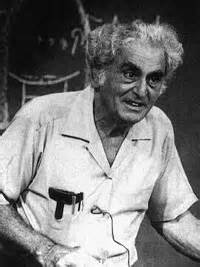 “My name is Julius Sumner Miller, and physics is my business.” That’s how he opened every show. Physics was his business. So was wonder.
“My name is Julius Sumner Miller, and physics is my business.” That’s how he opened every show. Physics was his business. So was wonder.






